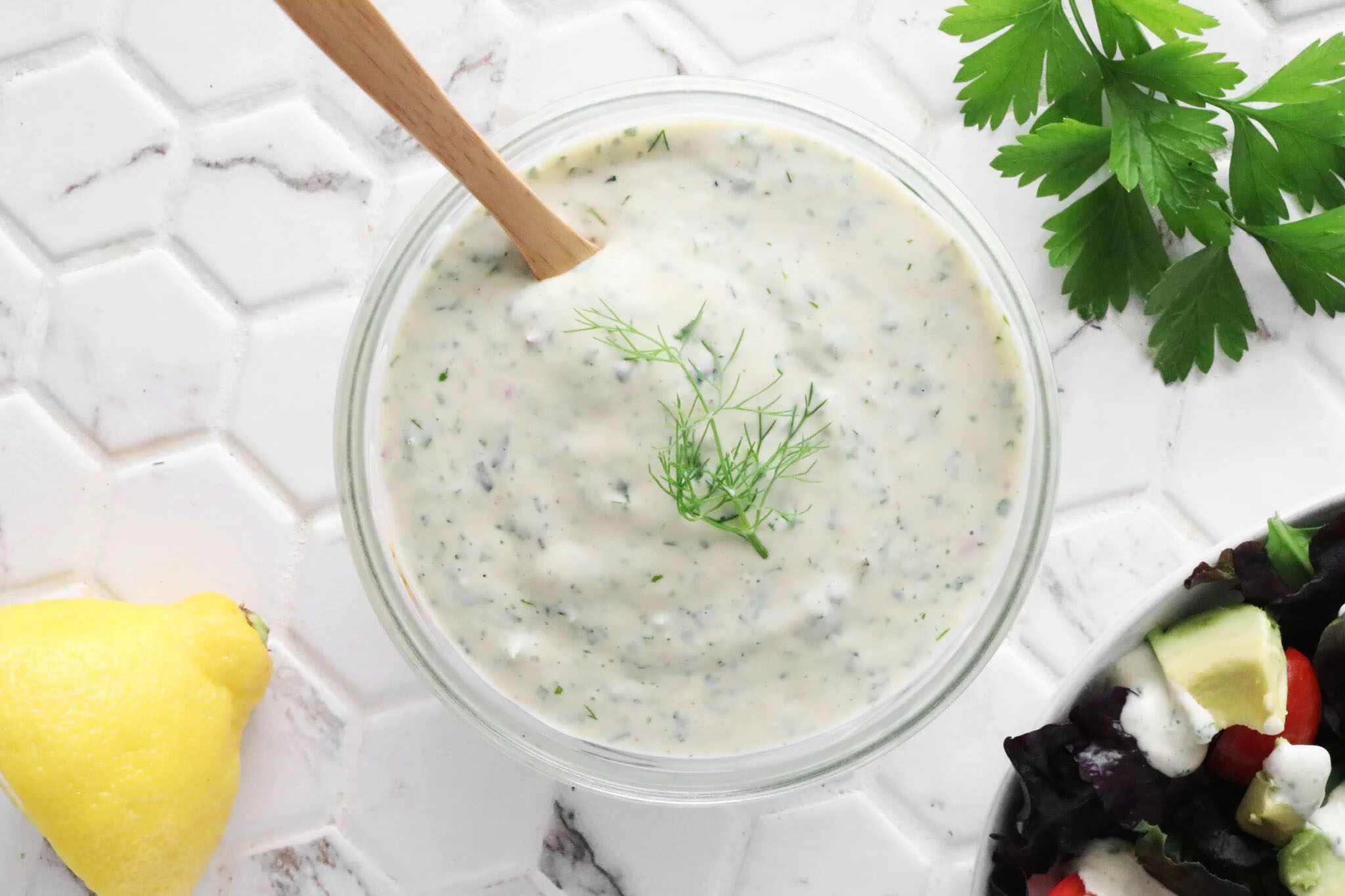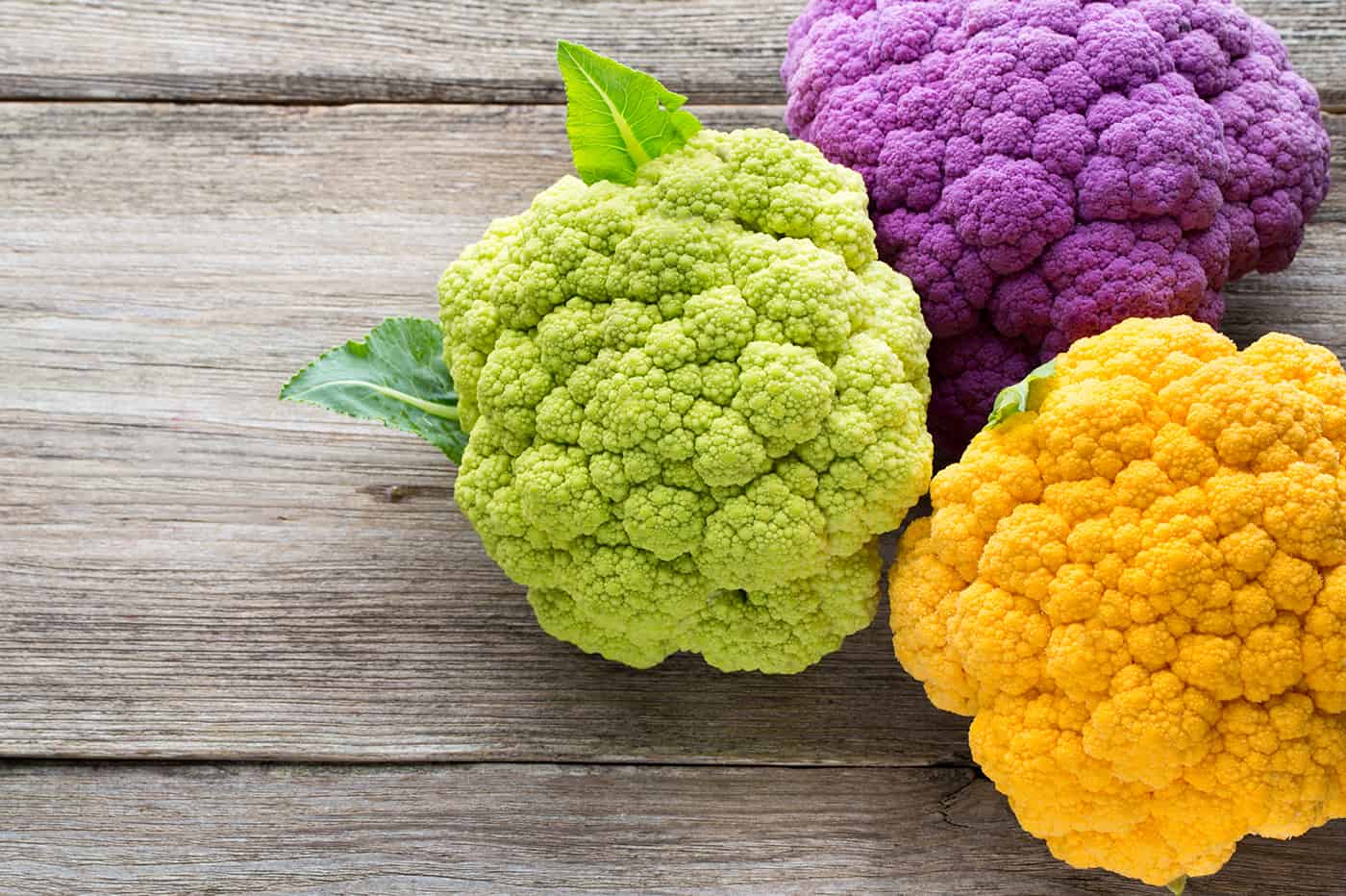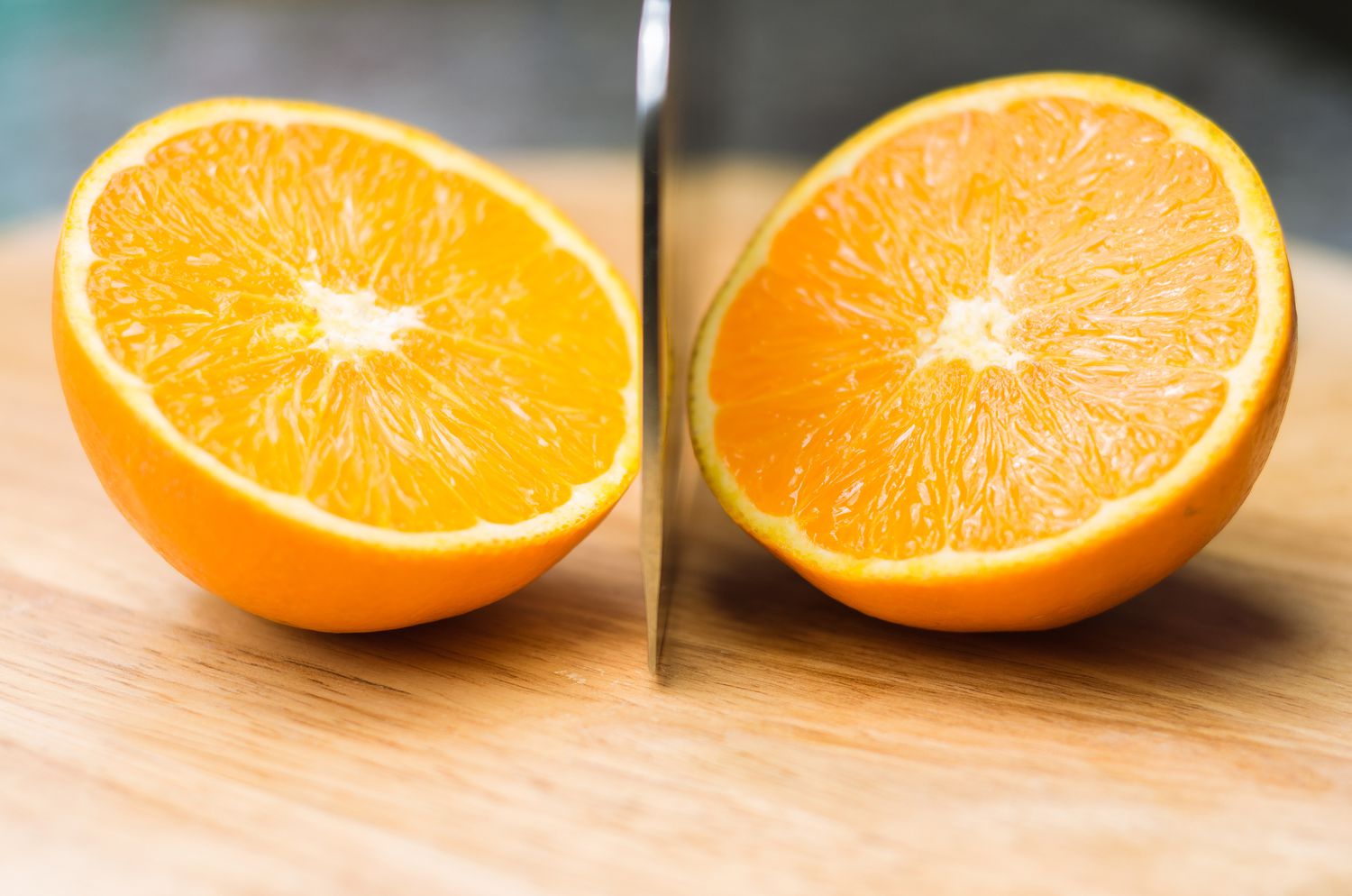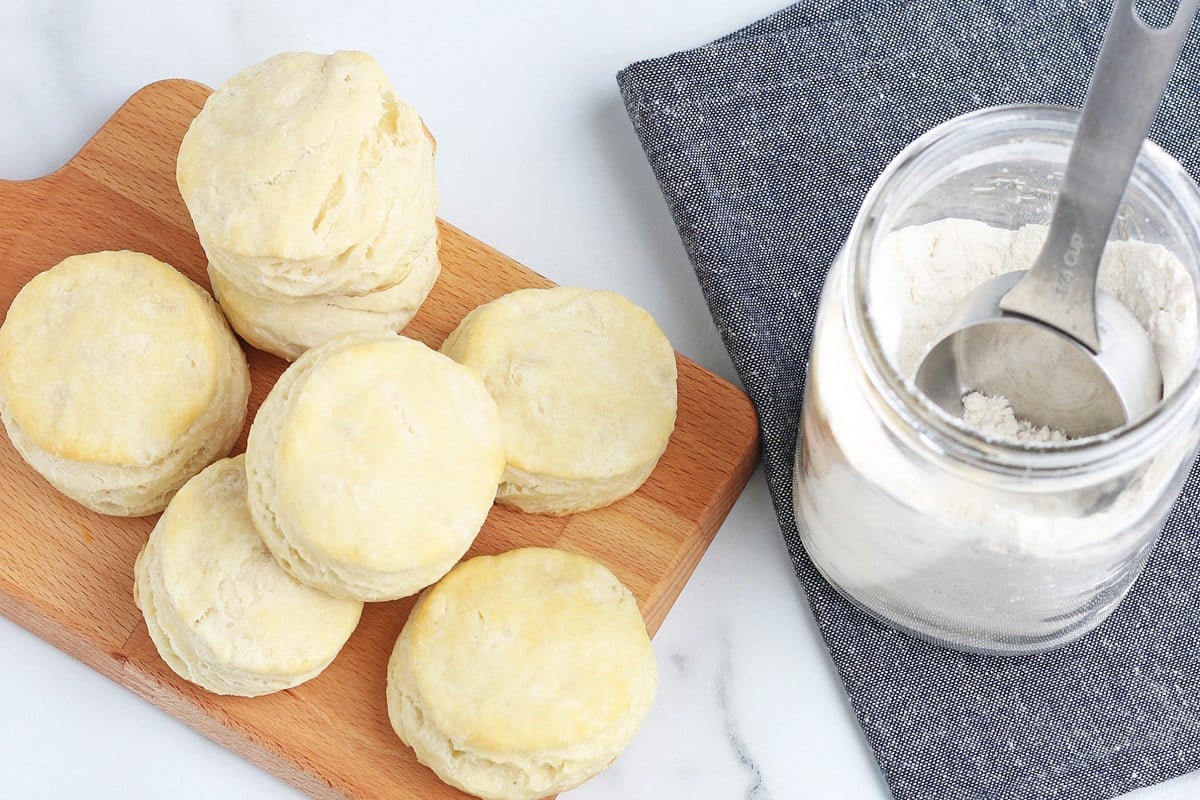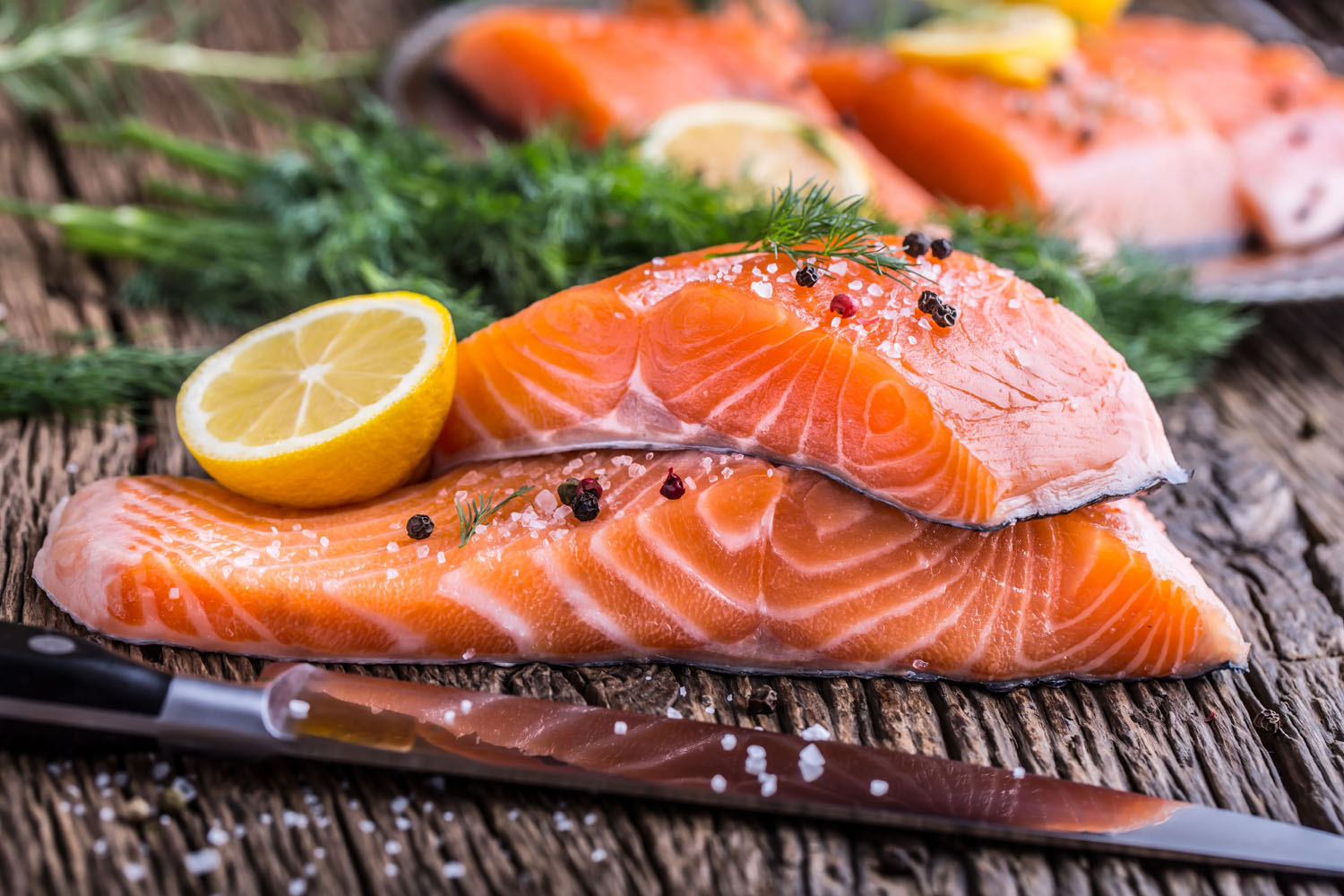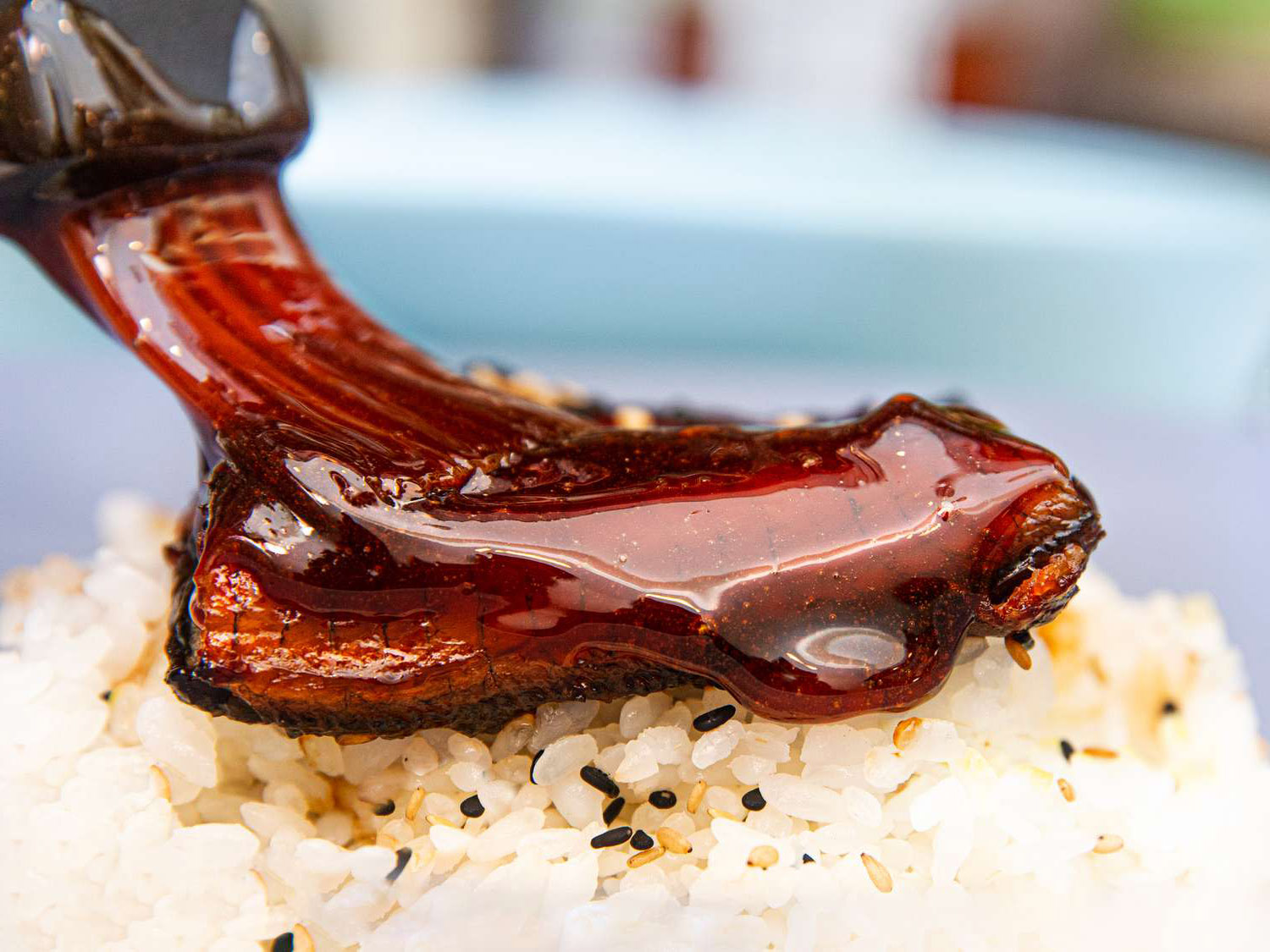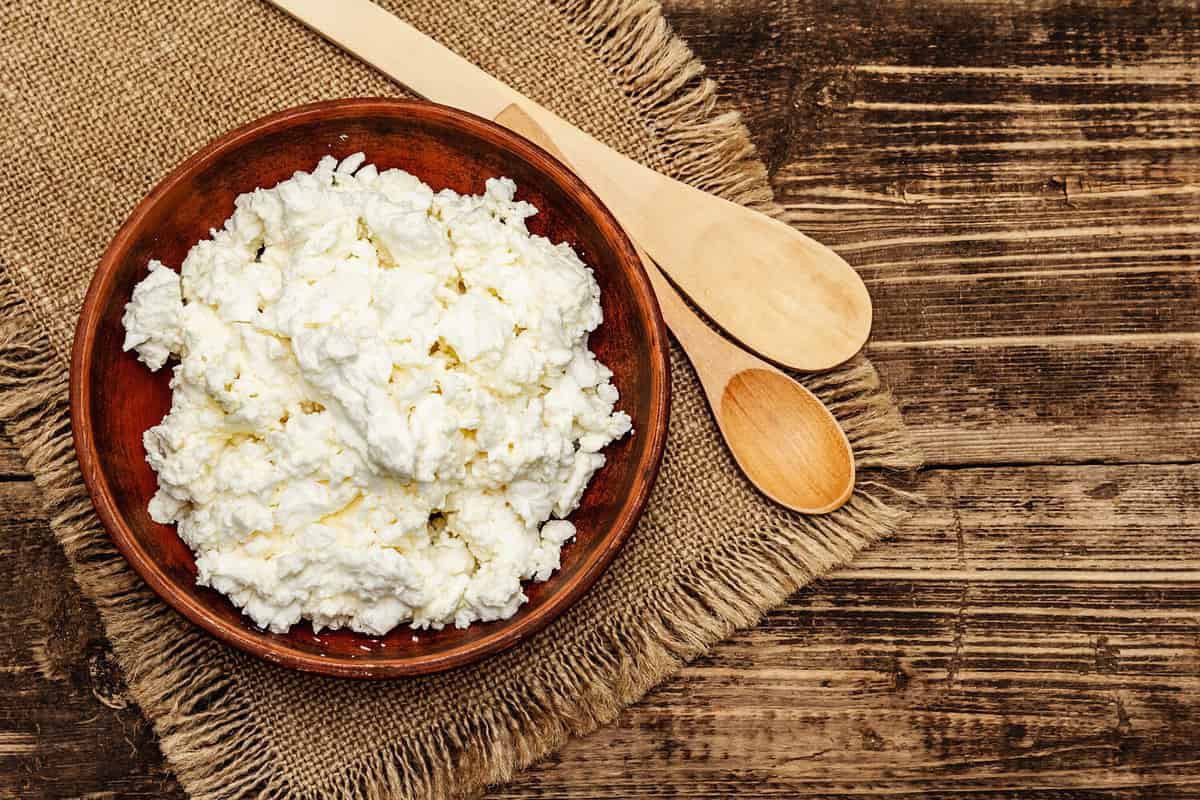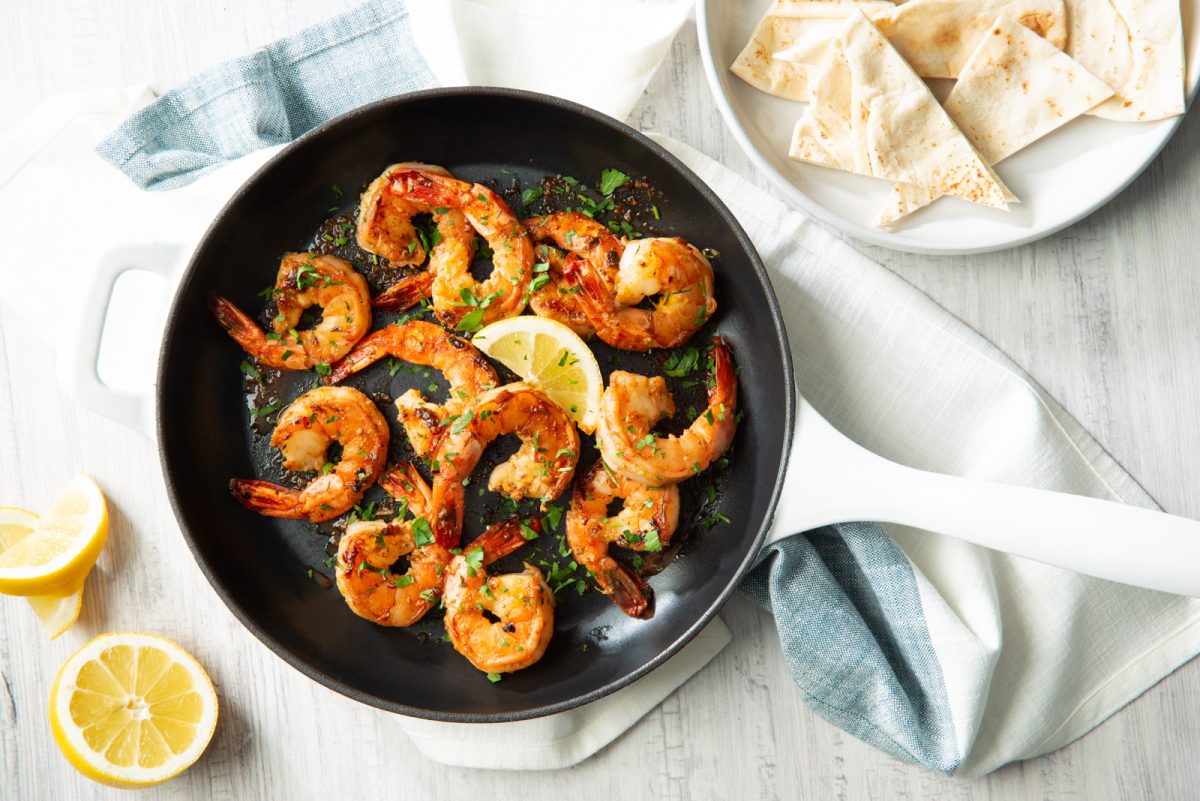Cow tongue, also known as beef tongue, is a unique and flavorful cut of meat that is enjoyed in various cuisines around the world. Despite its initial appearance, cow tongue is a versatile and delicious ingredient that can be prepared in a variety of ways. In this article, we will explore the culinary uses of cow tongue, its nutritional benefits, and how it can be incorporated into your cooking repertoire.
Culinary Uses of Cow Tongue
Cow tongue is a popular delicacy in many cultures and is prized for its rich, beefy flavor and tender texture. Here are some common ways in which cow tongue is prepared and enjoyed:
-
Braised: Cow tongue is often braised in a flavorful broth or sauce until it becomes tender and succulent. This cooking method helps to infuse the meat with delicious flavors and results in a melt-in-your-mouth texture.
-
Sliced: Once cooked, cow tongue can be thinly sliced and used in sandwiches, tacos, or as a topping for salads. Its unique texture and robust flavor make it a standout ingredient in a variety of dishes.
-
Tacos de Lengua: In Mexican cuisine, cow tongue is a key ingredient in tacos de lengua, where the tender meat is seasoned and served in warm tortillas with fresh toppings and salsa.
-
Stews and Soups: Cow tongue adds depth and richness to stews and soups, making it a popular choice for hearty, comforting dishes.
Nutritional Benefits
In addition to its culinary appeal, cow tongue also offers several nutritional benefits. It is a good source of protein, essential vitamins, and minerals, including iron and zinc. Incorporating cow tongue into your diet can provide a flavorful and nutrient-dense option for meat lovers.
How to Prepare Cow Tongue
If you're interested in trying cow tongue at home, it's important to properly prepare and cook this unique cut of meat. Here are some basic steps for preparing cow tongue:
-
Cleaning: Before cooking, the cow tongue should be thoroughly cleaned to remove any residual blood or debris. This can be done by scrubbing the tongue under running water and removing any excess fat or membranes.
-
Cooking: Cow tongue is typically simmered in a pot of water or broth until it becomes tender. This process can take several hours, but the result is a flavorful and tender meat that can be used in a variety of dishes.
-
Peeling: Once the tongue is cooked, the tough outer skin should be peeled off to reveal the tender meat underneath. This step is essential for achieving the desired texture and flavor.
In Conclusion
Cow tongue is a versatile and delicious cut of meat that is enjoyed in diverse culinary traditions. Whether braised, sliced, or used in soups and stews, cow tongue offers a unique flavor and texture that can elevate your cooking. With its nutritional benefits and culinary appeal, cow tongue is a worthy addition to any adventurous cook's repertoire. So, why not give cow tongue a try and explore the rich and savory flavors it has to offer?
Was this page helpful?
Read Next: What Is Deep Fried Butter
